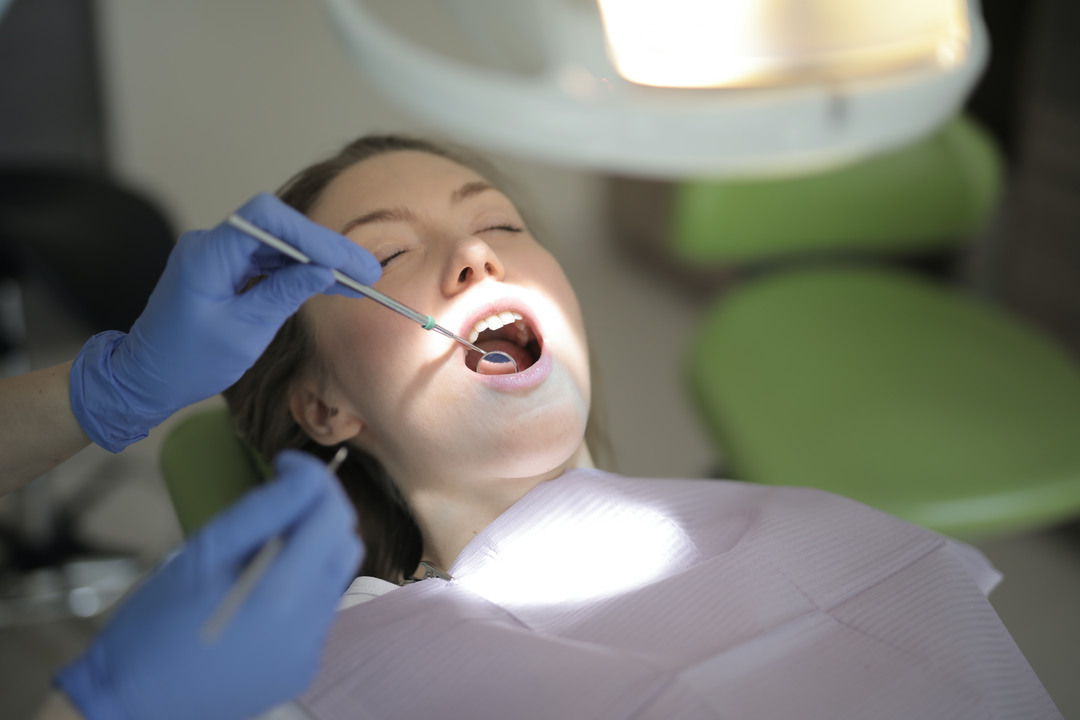
Symptoms of Gum Disease;
Bleeding
Swelling and redness of the gums
Gingival recession and sensitivity on exposed root surfaces
Black areas on the gingival margins or between the teeth due to tartar,
Inflammation between the tooth and gingiva,
Shaking, elongation, displacement of teeth
Bad odour and taste in the mouth
When the teeth are not cleaned properly, the food residues that accumulate on and between them this produces bacteria. These bacteria form a layer called bacterial plaque on the tooth. If the bacterial plaque is not removed, it hardens and deposits called tartar or tartar form. Toxins (harmful substances) produced by bacteria in plaque damage the gums. Toxins wash the supporting tissues around the gums, move away from the teeth, and more bacterial plaque accumulates in the formed periodontal pockets.

As periodontal disease develops, the pockets become deeper. Bacterial plaque adheres to the exposed root surfaces of the teeth.
The bone support of the teeth is lost. Untreated teeth begin to loosen and eventually are lost.
Gingivitis
Gums become inflamed due to soft bacterial plaque. During this period, it begins to bleed. If plaque is not removed, it hardens and turns into calculus.
Treatment;
Proper home care (tooth brushing and flossing)
Regular treatment by the dentist (Superficial scaling) recycles gingivitis and there is no bone loss.
Periodontitis
Soft tissues swell, fibres break, gingiva separates from tooth and bone begins to dissolve.
Treatment;
Serious damage occurs in bone and surrounding tissues.
If left untreated, the teeth will wobble and eventually have to be pulled out.
In addition to superficial calculus cleaning, curettage on the root surface is required.




 Turkish
Turkish Deutsch
Deutsch